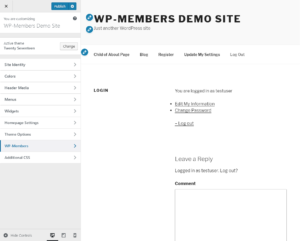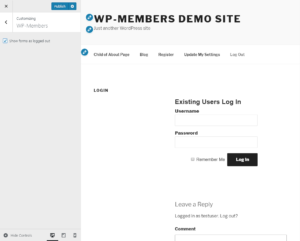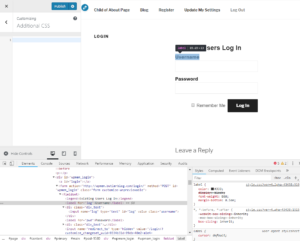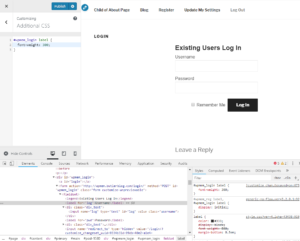NOTE: This post is a tutorial for a process that is no longer necessary since the inclusion of the “membership” field type in WP-Members 3.2.6. If you’re using a recent version of WP-Members, then you already have a simple way of adding a membership selection to the WP-Members registration form by creating a custom field and selecting “membership” as the field type.
This process is for people who need to assign a membership when the user registers through the WP-Members registration form. Since this is applied at registration, it is not recommended for users who are selling memberships, unless you are using moderated registration to approve the registration. Similarly, this is not recommended for installs integrating the selling of memberships through WooCommerce.
This is a working example of using WP-Members Membership Products. In this tutorial, we’ll add a custom field to display a multiple checkbox group in the registration form with a checkbox for each membership product. The user can select one or several at registration.
Continue Reading →



